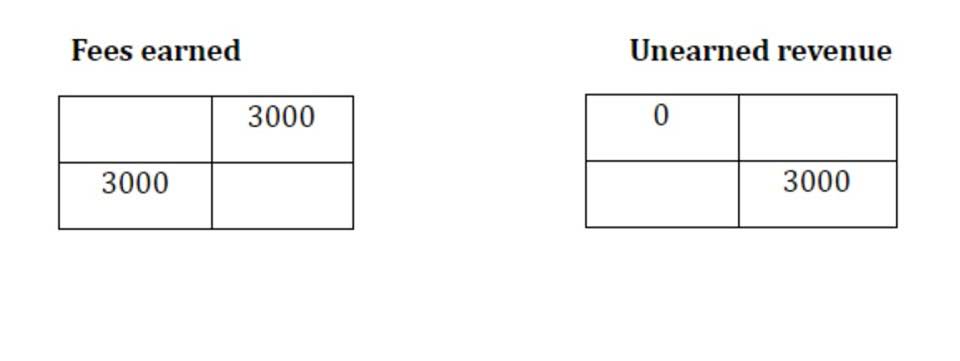
However, accurately calculating overhead Certified Public Accountant rates involves breaking down costs and choosing the right allocation base. The predetermined overhead rate allocates estimated total overhead for an accounting period across expected activity or production volume. It is calculated before the period begins and is used to assign overhead costs to production using an allocation rate per unit of activity, such as direct labor hours. As you’ve learned, understanding the cost needed to manufacture a product is critical to making many management decisions (Figure 6.2). Knowing the total and component costs of the product is necessary for price setting and for measuring the efficiency and effectiveness of the organization. Remember that product costs consist of direct materials, direct labor, and manufacturing overhead.
Calculation of Predetermined Overhead and Total Cost under Traditional Allocation
- Let’s assume a company has overhead expenses that total $20 million for the period.
- Complex overhead absorption is when multiple absorptions are required to allocate the cost of the support function.
- A pre-determined overhead rate is normally the term when using a single, plant-wide base to calculate and apply overhead.
- They represent a percentage or rate that is applied to an appropriate cost driver, such as labor hours or machine hours, to assign overhead costs to products.
Sales of each product have been strong, and the total gross profit for each product is shown in Figure 6.7. Using the Solo product as an example, 150,000 units are sold at a price of $20 per unit resulting in sales of $3,000,000. The cost of goods sold consists of direct materials of $3.50 per unit, direct labor of $10 per unit, and manufacturing overhead of $5.00 per unit. With 150,000 units, the direct material cost is $525,000; the direct labor cost is $1,500,000; and the manufacturing overhead applied is $750,000 for a total Cost of Goods Sold of $2,775,000.
Divide budgeted overheads with the level of activity

The predetermined overhead rate is then applied to production to facilitate determining a standard cost for a product. Added to these issues is the nature of establishing an overhead rate, which is often completed months before being applied to specific jobs. Establishing the overhead allocation rate first requires management to identify which expenses they consider manufacturing overhead and then to estimate the manufacturing overhead for the next year.
Direct Costs vs. the Overhead Rate

This chapter will explain the transition to ABC and provide a foundation in its mechanics. The allocation of overhead to the cost of the product is also recognized in a systematic and rational manner. The overhead is then applied to the cost of the product from the manufacturing overhead account.
- The overhead rate helps businesses understand the proportion of indirect costs relative to direct costs.
- A predetermined overhead rate is an allocation rate that is used to apply the estimated cost of manufacturing overhead to cost objects for a specific reporting period.
- This involves categorizing all overhead costs and regularly analyzing them to identify potential savings.
- Manufacturing overhead costs include all manufacturing costs except for direct materials and direct labor.
- To account for these changes in technology and production, many organizations today have adopted an overhead allocation method known as activity-based costing (ABC).
- During the year, if XYZ produces a table that requires 4 direct labor hours, $40 ($10 per hour x 4 hours) of overhead costs would be allocated to that table.
Best Practices for Overhead Rate Management

Fixed overheads are expected to increase/decrease per unit in line with the seasonal variations. So, the cost of a product in one period may not reflect the cost in another period—for instance, the cost of freezing fish increases in the summer and lowers in the winter. However, there is a strong need to constantly update the production level depending on the seasonal fluctuations and the factor affecting the demand of the product. Detailed cost analysis helps to estimate the cost of overheads with accuracy. Further, customized input from different departments can be obtained to enhance the accuracy of the budget.
Practical Application of Overhead Rates in Business
- The direct cost is easily allocated in the product cost as we need to allocate the quantity in line with the usage.
- However, if there is a difference in the total overheads absorbed in the cost card, the difference is accounted for in the financial statement.
- So, it’s advisable to use different absorption bases for the costing in terms of accuracy.
- Our writing and editorial staff are a team of experts holding advanced financial designations and have written for most major financial media publications.
- This rate is then used throughout the period and adjusted at year-end if necessary based on actual overhead costs incurred.
As you have learned, the overhead needs to be allocated to the manufactured product in a systematic and rational manner. This allocation process depends on the use of a cost driver, which drives the production activity’s cost. Examples can include labor hours incurred, labor costs a predetermined overhead rate includes paid, amounts of materials used in production, units produced, or any other activity that has a cause-and-effect relationship with incurred costs.


An activity base is considered to be a primary driver of overhead costs, and traditionally, direct labor hours or machine hours were used for it. For example, a production facility that is fairly labor intensive would likely determine that the more labor hours worked, the higher the overhead will be. As a result, management would likely view labor hours as the activity base when applying overhead costs. The rate is determined by dividing the fixed overhead cost by the estimated number of direct labor hours. The estimated or budgeted overhead is the amount of overhead determined during the budgeting process and consists of manufacturing costs but, as you have learned, excludes direct materials and direct labor. Examples of manufacturing overhead costs include indirect materials, indirect labor, manufacturing utilities, and manufacturing equipment depreciation.

